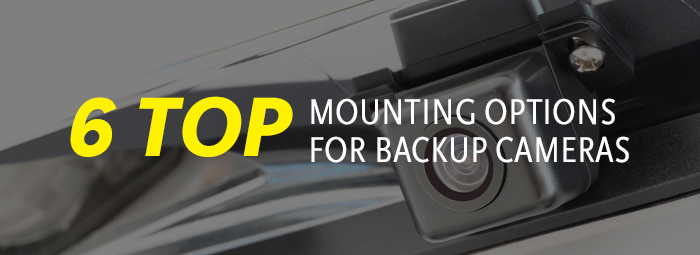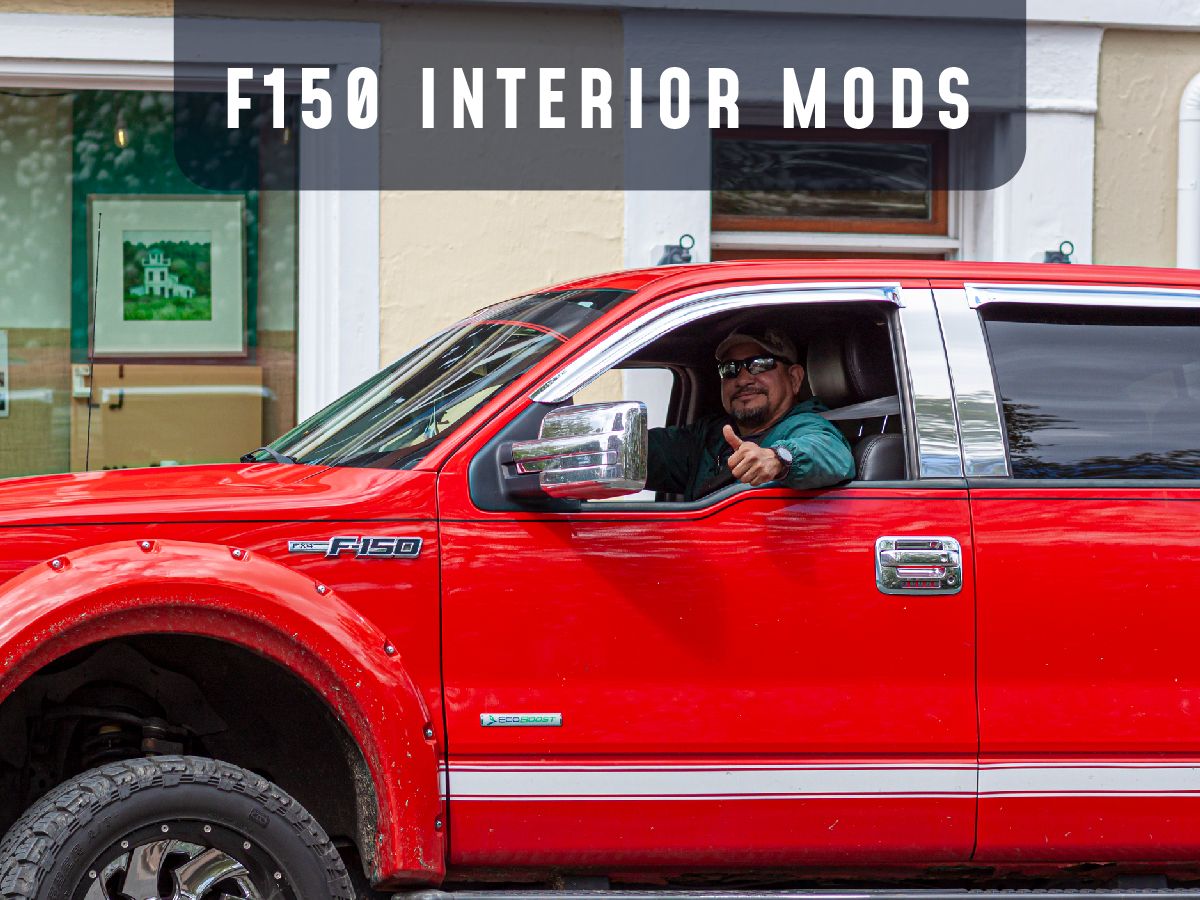Modern automobiles are safer than they have ever been. Advancements in technology has made travel far safer now than at any time in history. Even just the use of seat-belts reduces the risk of death in an accident by 61%! Automobile safety technology has continued to save lives and make driving more enjoyable.
One of the easiest safety advantages to add to your automobile is a rear-view safety camera. This not only helps you keep track of what's behind you in traffic, but also allows you to see blind spots and get assistance in backing out.
Attaching a backup camera to your vehicle is easier than you think. There are several different mounting options to choose from. Review the most popular methods and select the mount that works best for your vehicle.
OEM-Mount
Vehicle manufacturers install backup cameras on certain models at the factory and they are integrated into the vehicle trim. If your car didn’t have a factory camera you can often install one that has the exact same appearance but is installed after market. This is the preferred method as it not only looks factory installed, but it typically provides a better view of your surroundings because it is placed in an ideal location on the vehicle.
This type of backup camera system, often dubbed OE Fit, does typically cost a bit more because it usually includes actual OEM components such as emblems, handle assemblies, or light fixtures along with the camera itself.
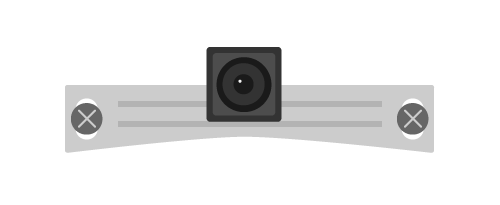
License Plate Frame Mount
A license plate frame mount can be an excellent choice in mounting your backup camera. This type of camera mount attaches to the existing mounting screws that are used to mount your license plate.
This type of mount saves you from having to do any modifications to your car’s body to attach the camera itself. Other mounts require modifications to attach them or drilling holes to mount the camera or its mounting frame.
However, this type of mount also has its drawbacks. Its visibility range is based on where your license plate mounts are located. For some automobiles (SUVs and other larger automobiles) the plate mount point is higher allowing for a wider view. Other license plate mounts are closer to the road and may require camera adjustments to get a good picture of what’s behind you.
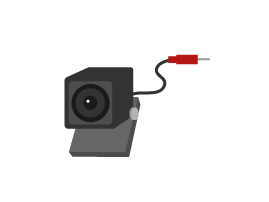
Surface-Mount
The surface-mount camera is self contained in its own casing. This makes it a relatively easy to install as surface-mount cameras come with their own mounting brackets. In terms of positioning, these cameras should be mounted relatively high on the vehicle for optimal viewing angles.
This mount is ideal for larger vehicles such as SUVs, Jeeps, and hatchbacks. On larger automobiles such as these the camera should be mounted at the top of the hatch. On smaller cars the camera should be attached below the license plate light housing.
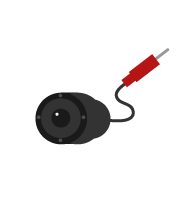
Flush Mount
When you own a passenger-style automobile such as coupe or a sports utility vehicle, a flush-mount camera is a good choice. These cameras are mounted to your automobile by attaching it through a hole in the body of car itself. These type of cameras don’t have as wide a viewing range as surface-mount cameras but they do offer a good surface level view of the road. The better models also can be angled to a degree to improve your overall view. Due to mounting the camera into the frame, these types of cameras are unobtrusive with only the lens being visible.
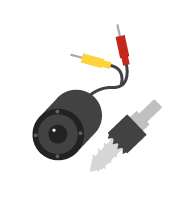
Drilled Mount
The drilled mount is a mount you attach to your automobile by drilling holes in order to mount the bracket. It is not unlike how you would mount a home security camera. The advantage of a drilled mount is they are very sturdy and allow you a solid base to hook your camera into. Plus, they can be mounted in unusual locations as well. This means if you have to stick them to the side of an RV or trailer you can do so. The only disadvantage is you have to be able to drill the proper holes to make sure the mount attaches successfully.
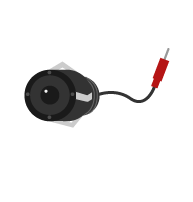
Snap-in Mount
A snap-in mount is much like it sounds. The camera itself is designed to snap into the car itself. Cameras that are designed to be snapped in come with a drilling tool to create a small hole in the car’s body into which the camera is then snapped into place.
These types of cameras are very useful if you want a camera that blends into your car and doesn’t have a lot of external parts. Not only are snap-in cameras very secure due to how they are installed, they are also not overly complex to mount provided you don’t mind a little drilling. These cameras function much like flush-mounts but tend to be smaller and more lightweight due to their design. They can also be installed in a few more locations.
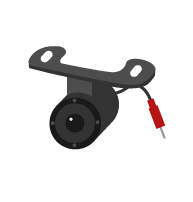
Short/Long Butterfly Mount
The butterfly mount is a good choice if you want to mount your camera to the underside of a bumper of another part of an automobile's undercarriage. If your car is high off the ground, a butterfly mount can offer a great angle for your rear view camera. They can also prove very useful if you need to attach them to an RV or trailer.
This type of mount allows you to attach a camera without having to drill into the vehicle itself or if a license plate frame mount is unsuitable, as is the case with many trailers. Butterfly mounts are available in both long and short designs to assure it attaches to points on your vehicle that can provide support and ample space for drilling.
Install Backup Cameras Quickly and Easily
There are several different ways to mount a backup camera to any type of vehicle. There’s no reason not to start enjoying the many safety benefits of backup cameras today. If you have any questions about backup camera installation, talk with our team of experts at Camera Source.

